


No, not the Norse chaps with cow horns on their hats but the stubby little 1940s airliner from Vickers. First flying in June 1945, when production ended 163 of these 21-36 seat aeroplanes would have graced our skies. They were operated all around the world with 35 UK airlines alone having had one on their books. BEA would over time operate a total of 80 examples.

As the Second World War drew to a close, aircraft manufacturers in the UK began to look at how they could move from military production to building civilian airliners. The quickest and most cost effective way until new designs were available was to convert or base a design on an existing aircraft. Avro did just this with the Lancaster/Lancastrian/ York, Handley Page the Halifax/Halton range and Vickers used their Wellington bomber as the basis for their new airliner the Viking. With an all new metal fuselage mated initially to the Wellington’s geodetic and fabric covered wings and tailplane the little airliner was first delivered to BOAC in 1946 but these were soon transferred to BEA when the European airline commenced operations later that year.
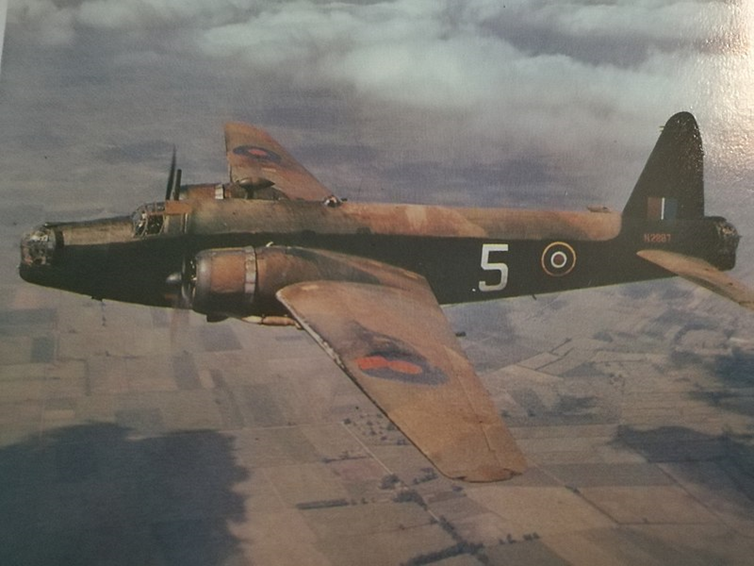
Later versions of the Viking would have the tailplane and wings built of all-metal construction becoming the Viking 1. A stretched version known as the 1B could carry 24 passengers as opposed to the original version’s 19. It was a Viking 1B that was modified to have its two Bristol Hercules piston engines replaced by the new Nene jet engine. When this experimental plane first flew in April 1948 it became the world’s first pure jet powered transport plane, another first for the British aircraft industry.
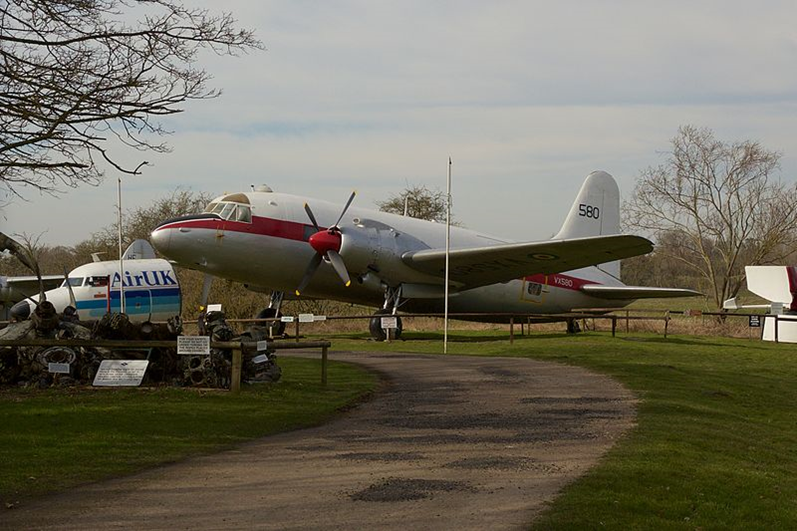
Four Vikings would be used for the King’s Flight and the civilian airliner was developed into the military Valetta for the RAF who purchased 262, further development would see a military navigation trainer, the tricycle undercarriage Varsity, also be built for the RAF who took 160 of the 161 production run, the odd one going to the Swedish Air Force .The first Viking scheduled service was operated by BEA From Northolt to Copenhagen on 1 September 1946. BEA would be flying Vikings until 1954 when Ambassadors and Viscounts replaced them on the airline’s routes and by then they had been fitted with 36 seats. The relatively new aeroplanes were sold on to various charter airlines in the UK and Europe with one being fitted out with a VIP interior for the Arab Legion Air Force for use mainly by King Hussain of Jordon.
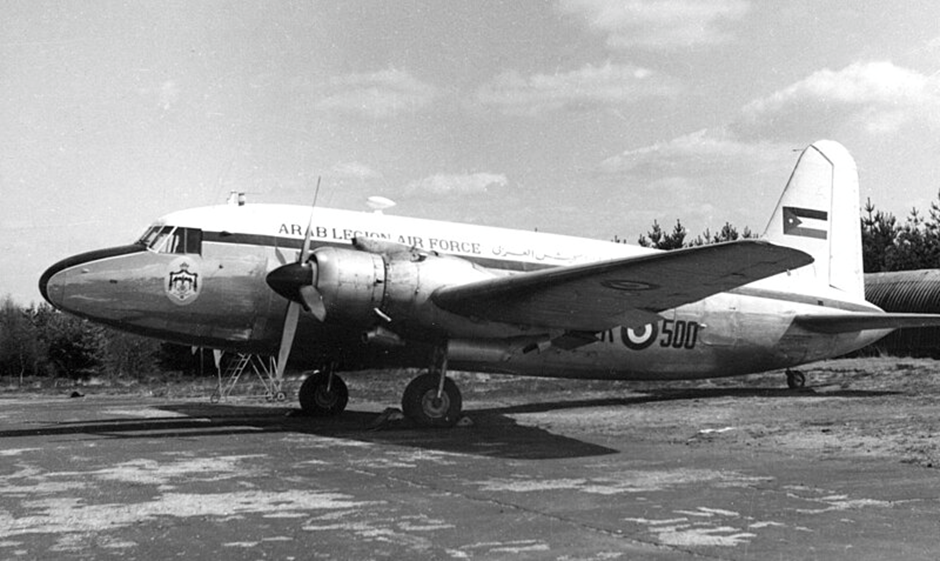
Of that 163 Vikings built only six now remain worldwide with just two in the UK. Up until this year that number had been just one, G-AGRU at Brooklands. Back in the second half of the 1960s this aeroplane along with G-AGRW and G-AHPB had been flown out to Soesterburg air base in the Netherlands for use as a new addition to the restaurant ‘AvioResto’ just outside the base. The aircraft had their outer wings removed before being towed by tractor along the roads to their new location in the dead of night, once there the wings were re-attached. The first Viking had been donated free by Channel Airways and had left the UK on the last day of its British C of A, flying via Rotterdam it eventually arrived three days later.
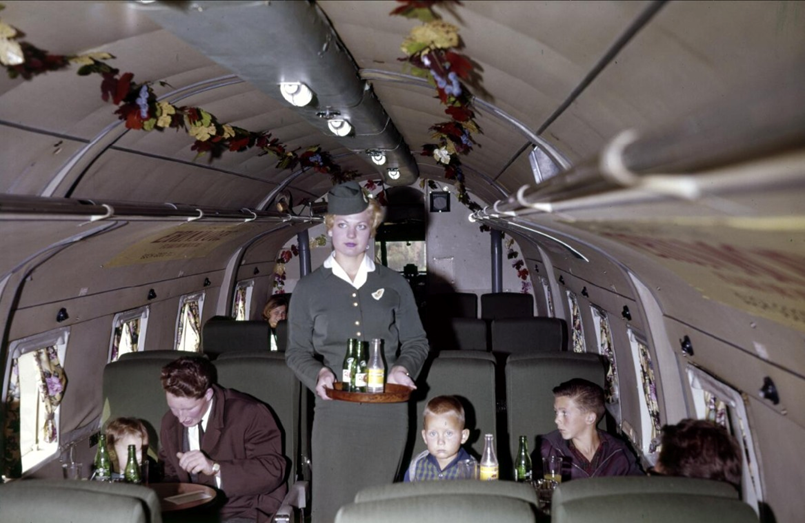
GRU had last flown with Channel Airways but GRW and HPB were both sister ships having last operated with Autair, all three had originally been built for BEA. Once on site the three Vikings were laid out in the restaurant’s grounds and people could sit in them to be served drinks.
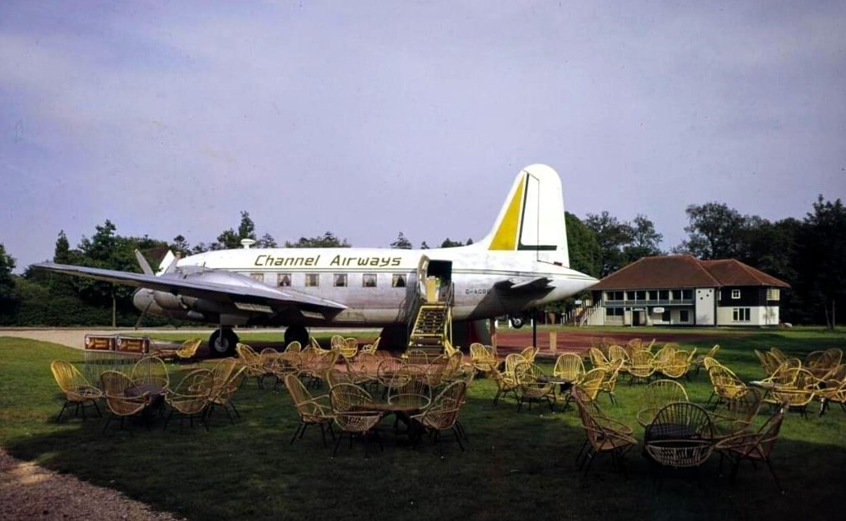
When the restaurant owner died the three Vikings were put up for sale and in 1980 the trio were purchased by the Cosford Aerospace Museum however only one would return to the UK - the ex- Channel Airways machine ‘GRU. After some storage at Cosford she was moved to the Brooklands museum for long term restoration back into her original BEA colours. She has been on display there for many years now and was the only Viking in the UK, until now that is.
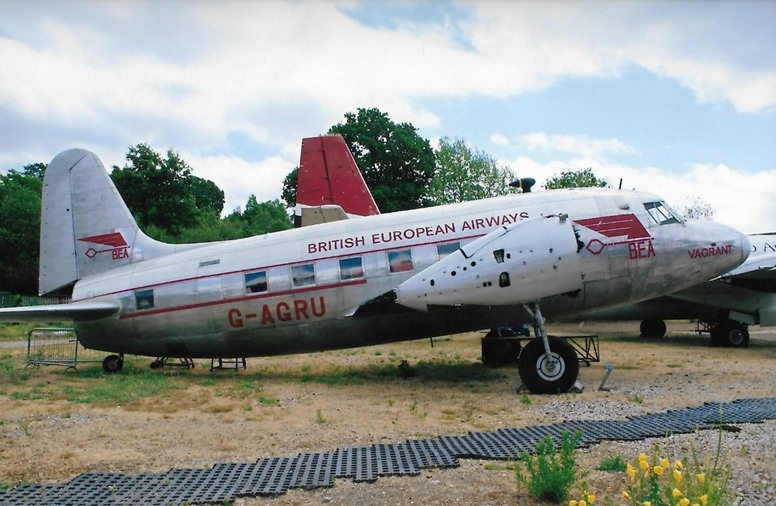
The other two Vikings in Soesterberg were sold on with both of them moving initially to Germany with one ‘HPB for display at Dusseldorf Airport and then in 1988 following a move to Switzerland for a museum she was eventually scrapped. ‘GRW fared better with a quick sale and move to Vienna Airport who wanted her for their observation terrace at the airport. She remained at Vienna airport sitting on the terminal and later post office roof before being taken down in 1999. Now somewhat battered and bruised with years in the open and subject to winter storms she was leased to the local McDonalds fast food restaurant as a party venue for kids. With the insides gutted and boarded over with insulation and plywood she provided many kids with a source of fun until the lease expired in June 2011.
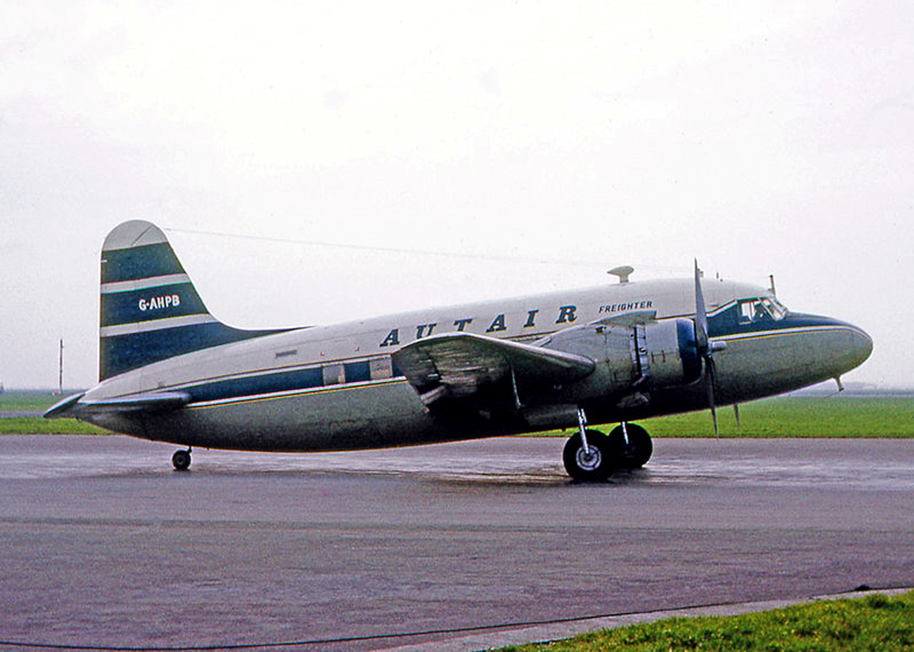
Vienna Airport no longer having a use for this now rare aeroplane donated her to the Austrian Aviation museum at Bad Voslau. She was transported to the airfield and placed in the long grass in a quiet corner until the museum , which was situated in a small building in town, decided what to do with her. Sadly very little was done and the weather inflicted further damage with the fin blown off in a storm and the tailplane also damaged. This seemed a very ignominious end for this iconic airliner who had served not just BEA but also Airwork, Hunting Air Transport, Hunting-Clan, Overseas Aviation and finally Autair during her career which started in August 1946.
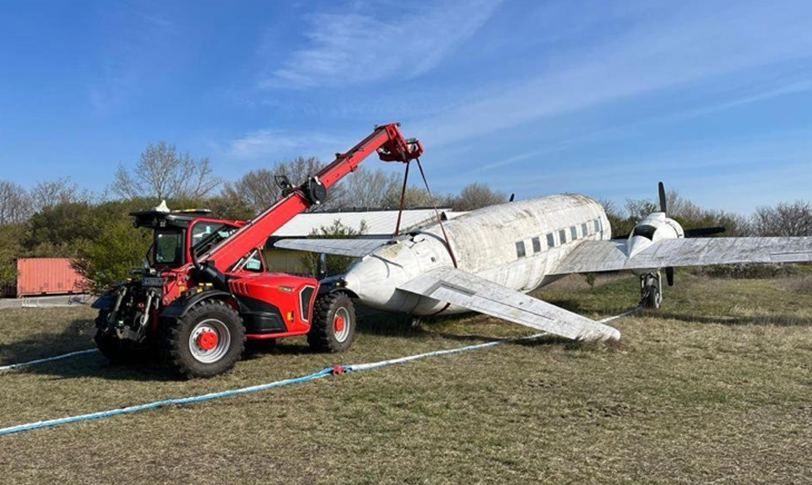
It took 12 years but help and rescue was on its way. A group from the UK had set up The Blackbushe Heritage Trust to form a museum at the Hampshire airfield to celebrate its past as a major British airport back in the late 1940s -1950s until commercial flying there was suspended in 1960 due to the opening of Heathrow and Gatwick. Centrepiece of this new venture was to be a Vickers Viking a type that was a regular user of Blackbushe back in the day.
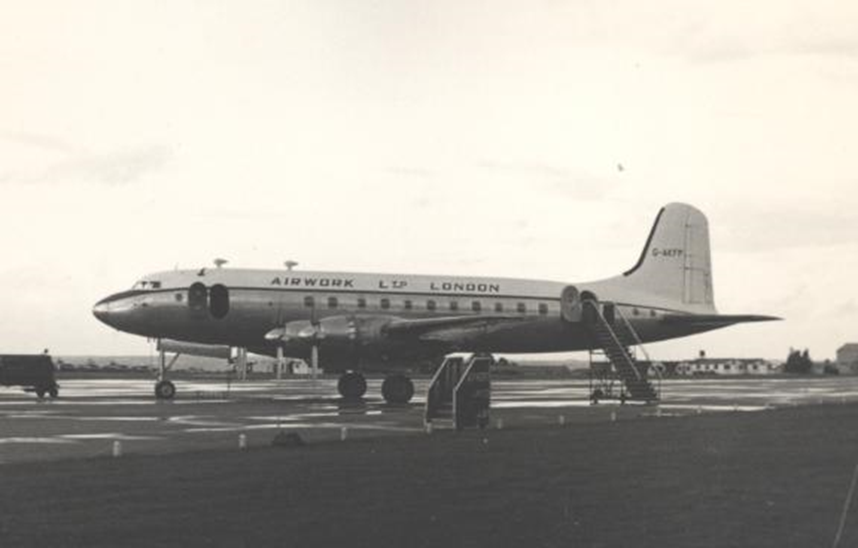
Having procured ownership of ‘GRW and built up funds with help from British Airways, a team from BHT set off for Bad Voslau in April 2023 to bring her home to the UK. With the help of the airfield fire brigade she was towed out of the grass and onto some hard standing so the work to dismantle her for shipping could begin.
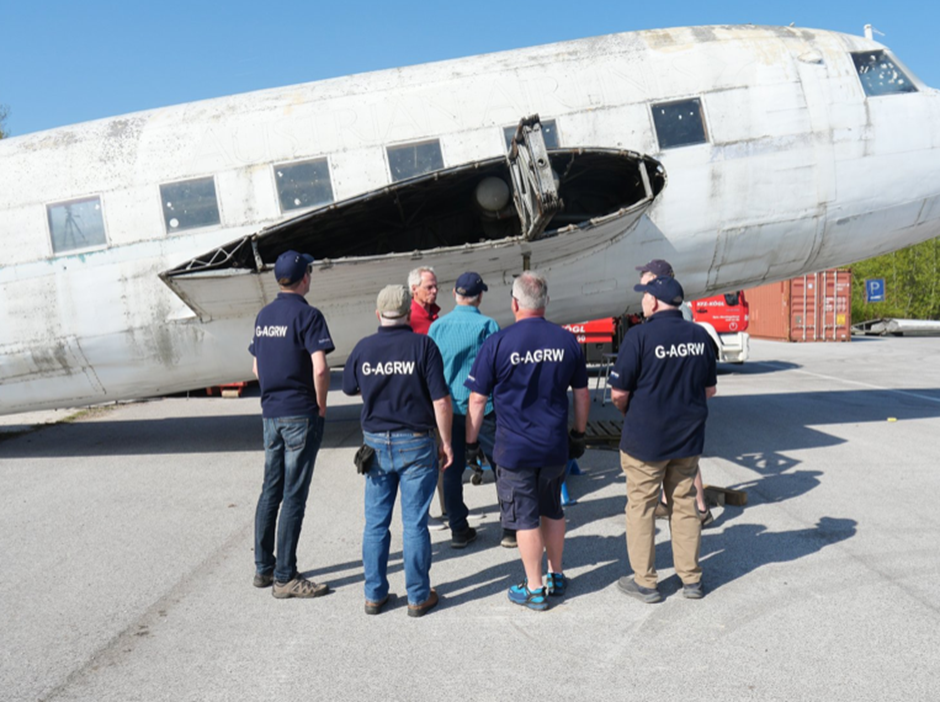
Once on the concrete a crane could be brought in to allow the engines and outer wing panels to be removed first and then the stub wings came off along with the tail cone to allow the fuselage to be loaded on a lorry. Whilst all this was going on another crew were working inside to strip out all the plywood/insulation, burger wrappers and soft drink cups that had been left behind from her Maccy D days.
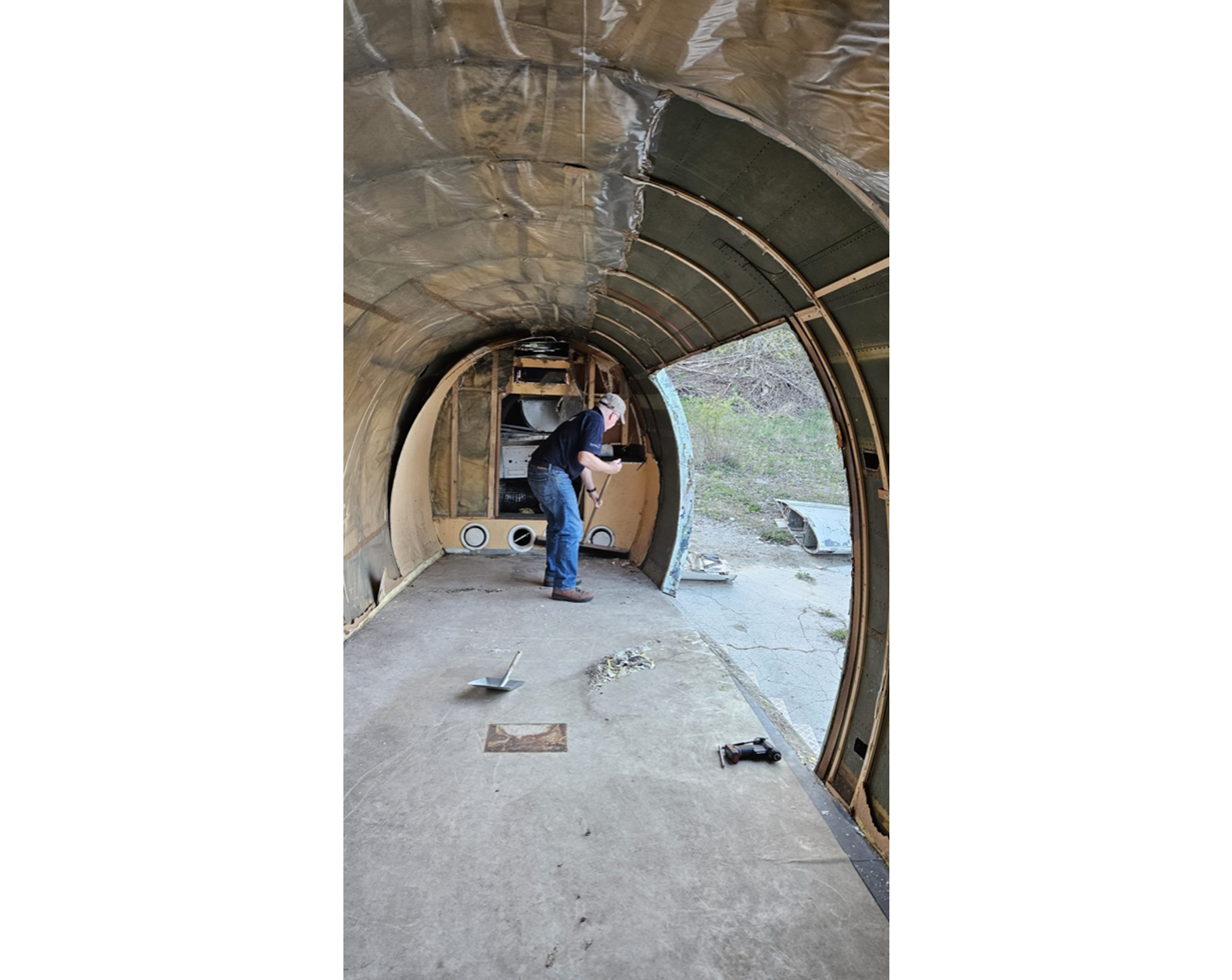
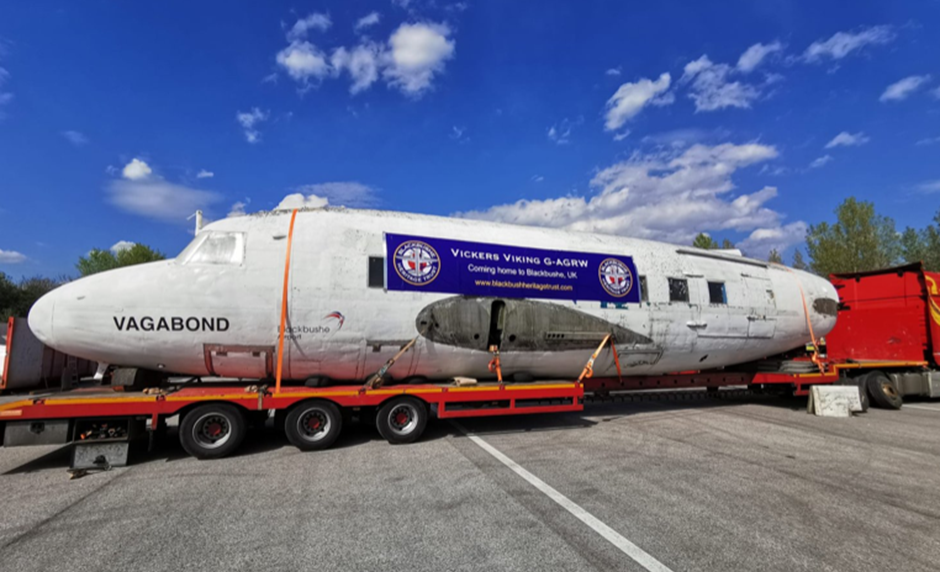
Once back at Blackbushe, doubling the Viking population here in the UK, work could now commence on the long rebuild. A temporary hangar has been built to keep her out of the elements and the present plans are for her to carry the original BEA scheme on one side and the colours of Eagle Airways who were a big Blackbushe operator on the other. It’s all thanks to restaurant owner John H Bouvy obtaining the Vikings for the AvioResto that today we have two of the early British airliners here in the UK. Mr Bouvy, AvioResto and Soesterburg air base have all gone but their story lives on in Vicker’s first post war airliners.
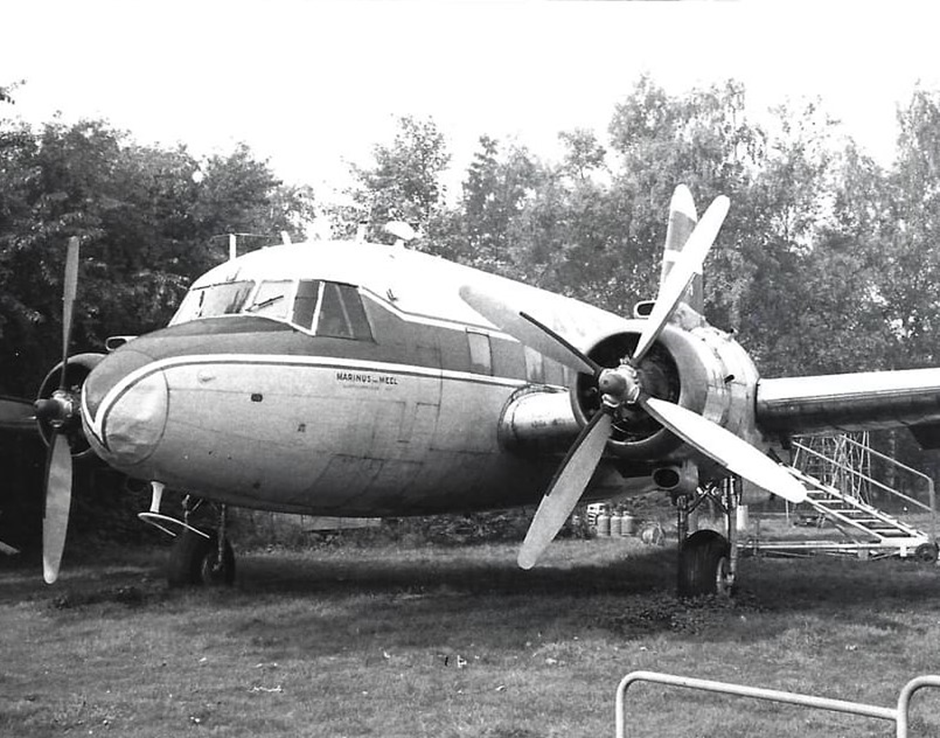
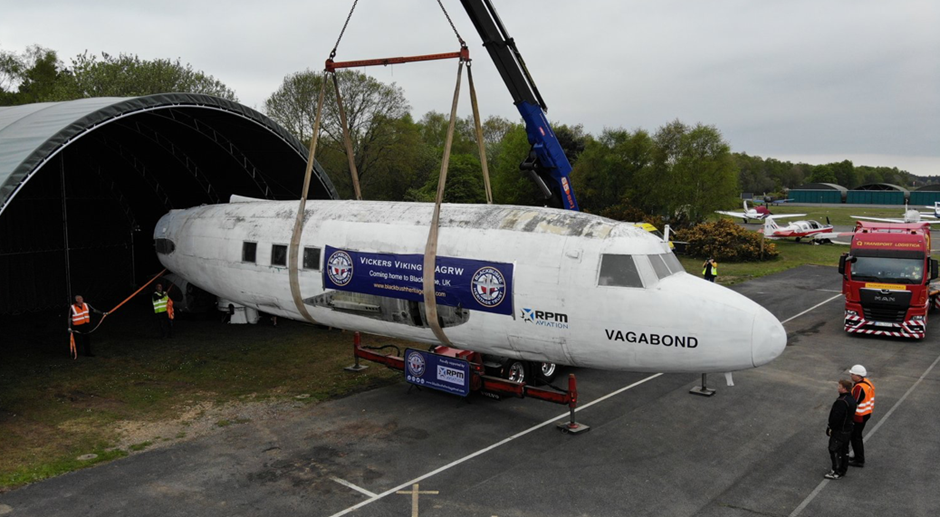
Like all airliner restorations lots of money will be needed to complete this project so please visit www.blackbusheheritagetrust.com to see how you can donate or help in other ways. Many thanks to the BHT and Kevin Bond for their help in writing this article and Yozu Bruinsma for allowing us to use his photos from the Viking’s days in the Netherlands.
Keith Bradshaw
I am sure that all at the British Airliner Collection would like to send their congratulations to the Blackbushe Heritage Trust and to wish them the very best for the future - Ed
Registered Charity No. 285809